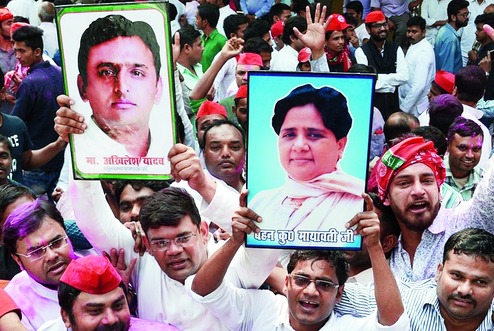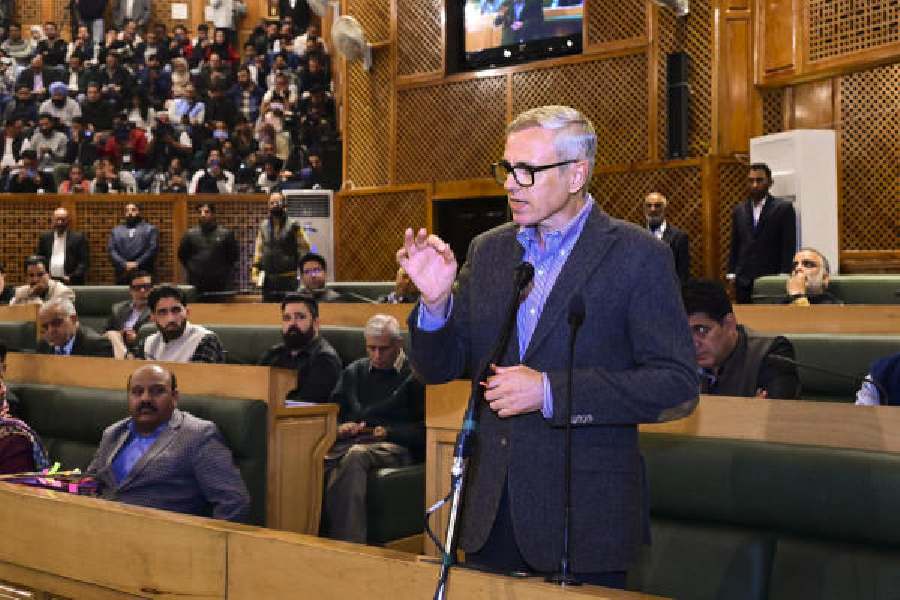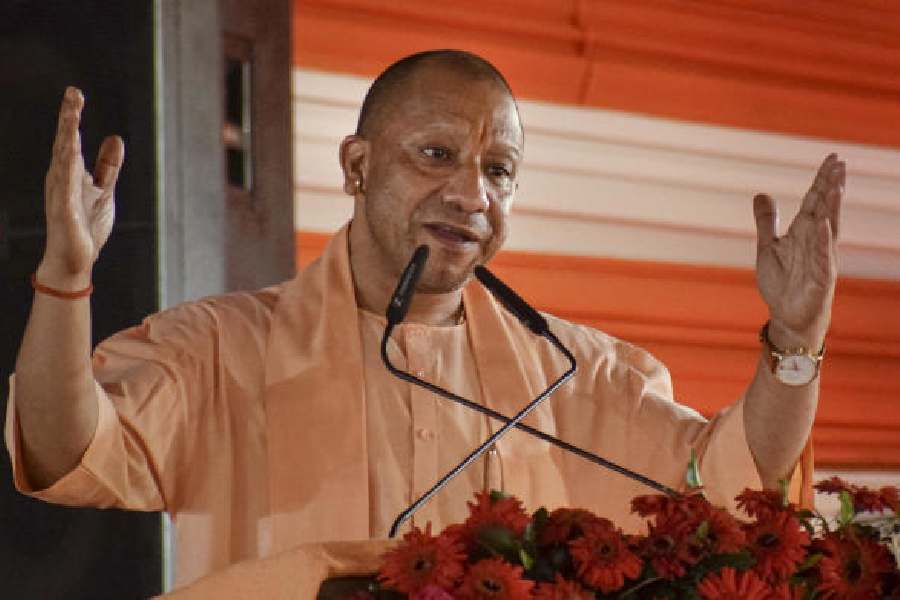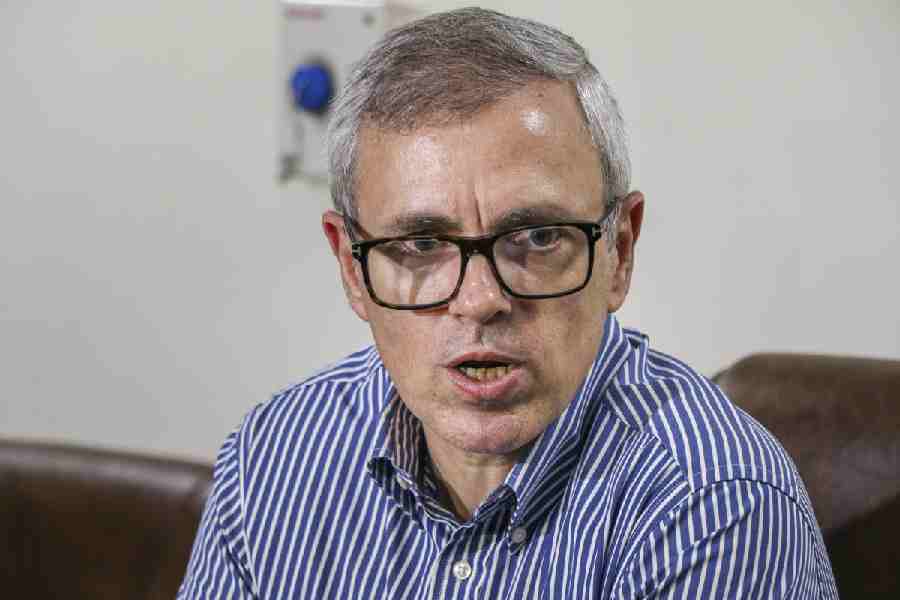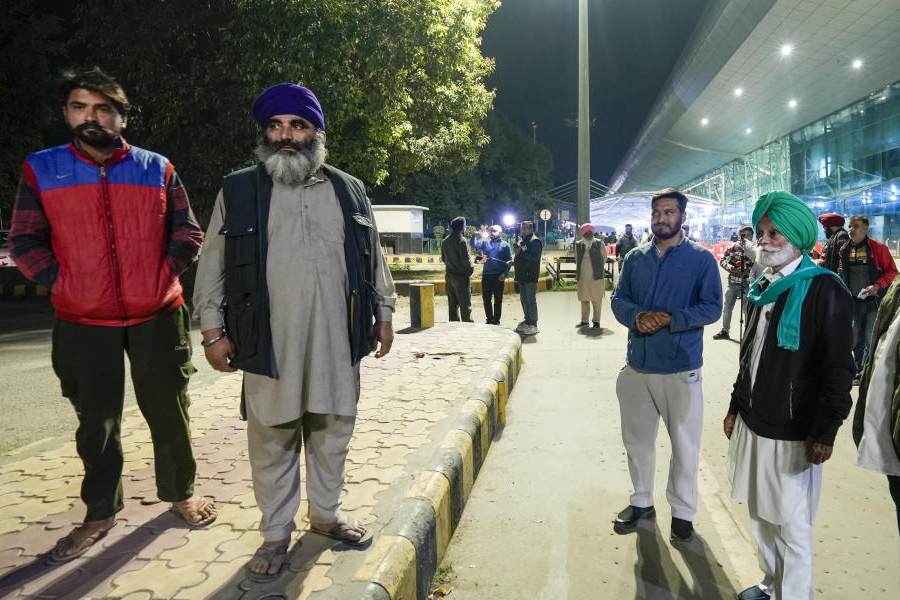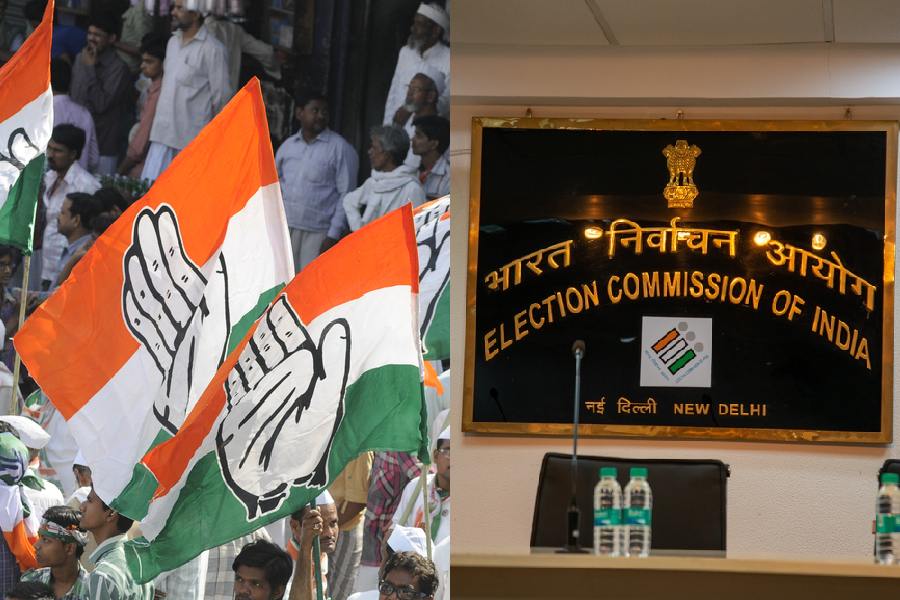
The ultimate responsibility for governance in the Indian parliamentary democracy rests with the elected representatives who are ministers in the state or Central government. They, in turn, are assisted by the civil services that form the backbone of the entire administrative machinery. Hence, the ministers are expected to lay down policy and priorities and it is for the civil services to implement these in letter and spirit within laws and governance rules so established. The Indian administrative service, police service and foreign service are the three all-India civil services set up under constitutional provision. They, in turn, are supported by the Central civil services group A & B and the state/provincial civil services.
It is Vallabhbhai Patel, the first home minister of the country and referred to as the "Iron Man" for his role in the integration of various states into the Indian Union, who is also considered the patron saint of the civil services for having conceived and brought into effect their modern day versions. Patel referred to these services as the "steel frame" and on April 21, 1947, first addressed probationers at the All India Administrative Service Training School at Metcalfe House, Delhi. Fittingly, this day has come to be commemorated as the annual Civil Services Day. According to Wikipedia, in an unprecedented and unrepeated gesture, on the day after Patel's death in Mumbai, more than 1,500 officers of India's civil and police services congregated at his residence in Delhi to mourn and pledged "complete loyalty and unremitting zeal" in India's service.
It is the fading of the spirit of this pledge, and indeed of the memory of Patel's vision of governance, that has resulted in the people at large now viewing the Indian bureaucracy in somewhat indifferent terms - a perception not divorced from reality, as some recent studies would show. In 2012, the Hong-Kong- based Political and Economic Risk Consultancy had rated the Indian bureaucracy as the worst in Asia, rating it at 9.21 out of 10. In the same year, a paper prepared by the ministry of personnel, public grievances and pensions reported that corruption was prevalent at all levels in civil services and was institutionalized. To any individual outside the charmed circle of the Indian bureaucracy, none of this was new.
As chief minister of Gujarat, Narendra Modi, now the prime minister, had embarked on a project to build a Statue of Unity dedicated to Patel to inspire people to inculcate Patel's visionary ideologies of unity, patriotism, inclusive growth and good governance. Subsequently, during his campaign in the run-up to the 2014 parliamentary elections, Modi's promise of "minimum government, maximum governance" was alluring to many who were fed up with the daily dose of bureaucratic corruption, high-handedness and sloth in governance.
But as the National Democratic Alliance government settled in to take on the onerous task of fulfilling its electoral promises, it must have dawned that the tools of administration through which it can attempt "maximum" governance are the very ones that enjoy constitutional protection, which make it impossible for civil servants to be dismissed or demoted by the elected representatives. While the spirit of these constitutional provisions was to enable an independent and impartial bureaucracy, within our system of governance this stands distorted with politicians controlling policy outcomes by using the unorthodox tool of the indiscriminate transfer of civil servants. This, in turn, has had the deleterious effect of the politicization of large sections of the bureaucracy. Ashok Khemka's 44th transfer in 20 years of service, which caught national attention some years ago, was merely the tip of the iceberg. The current chief minister of Uttar Pradesh created his own record of sorts when he reportedly transferred nearly one thousand officers within his first month in office.
Such examples abound in our administrative system and are taken as routine. The authors, Lakshmi Iyer and Anandi Mani, from the Harvard Business School in a 2009 study titled Traveling Agents: Political Change and Bureaucratic Turnover in India indicate that their micro-economic analyses of the interaction between politicians and bureaucrats (using unique data for the IAS) indicate significant political influence on the bureaucracy, despite constitutional insulation provided to them against political pressures. They conclude that this results in two types of inefficiencies: first, that not all important posts are given to the most competent bureaucrats and second, given that competence is not the only consideration for obtaining important positions, junior officers under-invest in developing competence. The study suggests instituting limits on the politician's power to frequently transfer bureaucrats, and points to the fact that these are included in the proposed public services bill, which will reduce the politician's ability to appoint loyal bureaucrats to important positions.
The public services bill that the authors refer to, since changed to the civil services bill 2009, has in its introduction the aim to develop public services as professional, neutral, merit-based and accountable instruments for promoting good governance and better delivery of services to the citizens and to provide a statutory basis for the regulation of these services as enshrined in Article 309 of the Constitution.
In a piece written in 2011, titled "Is the IAS a steel frame or a steel cage?", Suvojit Chattopadhyay and Doug Johnson make the point that the "two positions - that the IAS itself is composed of exceptionally talented individuals and that it is hampering the development of modern day India - may seem slightly at odds, but they co-exist comfortably in this country." In their prescriptions for improving the IAS they quote the then professor of economics at Columbia University, Arvind Panagariya, an expert on the Indian civil service, offering two solutions. One was for more top positions in the government to be opened to competition from outside and the other that specialization among the civil services needed to be encouraged. It is fortuitous that Panagariya - a distinguished economist and author of several books, including his latest, India: The Emerging Giant and with vast experience of working in several international institutions - is now the vice chairman of the National Institute for Transforming India. One sincerely hopes that in this new avatar, his insights into transforming India's steel frame would further the cause of good governance.
Ever since the current government took office, there have been periodic reports of incremental changes being implemented towards streamlining of the administrative machinery. Secretaries of departments were asked each to identify and repeal at least 10 archaic laws towards faster decision-making and to restrict layers of file movements to a maximum of four. Inter-departmental strife during decision-making, a common ailment, was sought to be reduced through co-operation, failing which the intervention of the Prime Minister's Office was to be sought rather than the proverbial bureaucratic norm of sitting on a file. Digitization of files for the better management of data and submission of information online were some of the technological tools introduced for administrative transparency and efficiency. Amendments were incorporated to the 1968 All-India Service (Conduct) Rules, a charter for all civil servants bringing about various dos and don'ts. Along with these, there have been many more reported from time to time, all with a view to enhancing good governance. Whether or not, the elephant that is the bureaucracy has adopted these correctives in letter and spirit will only be known with passage of time.
It has now been reported that a task force of senior trusted bureaucrats from the cabinet secretariat, the department of personnel and training and the expenditure department has also been set up by the PMO to analyze manpower requirements and appointments in some 600 departments, over 2,000 subordinate offices and over some 10,000 aligned government organizations across the country. This exercise is not just to right-size the administrative machinery, but also plug the many loopholes that have crept into the system, like posts created merely as sinecures for retired bureaucrats or posts that remain long after programmes for which they were created have ceased to exist. Recruiting highly skilled professionals and dedicated and specialist technology or communications teams in each department is also reportedly part of this major reform exercise. The report of the task force is expected to be submitted by the end of April 2016. Such an exercise was long overdue and right-sizing is clearly aimed at the objective of "minimum" government.
That people are impatient for results, having suffered immeasurably at the hands of Indian babudom, be it at the state level or at the Centre, is not surprising. What is less understood is the very institutionalization of vested interests that have come to encompass our administrative and governance space, to dismantle which no other vehicle exists, but this very "steel frame", which now stands corroded. Therein lies the challenge to the government, which will find that there are no quick-fix solutions - more so, as the same administrative machinery is also essential to keep the wheels of governance moving to meet the enhanced expectations of an aspirational India.
One contribution that our elected representatives in Parliament across the ideological divide can make to this endeavour of maximum governance is by debating and adopting a suitable civil services bill. One following, now forgotten, principles of professionalism, merit, accountability, integrity and devoted service to India's citizens. Not only will this help to eliminate the rot and rust in the "steel frame", but a confident and independent civil service will also be a fitting tribute to the memory of Patel.
The author is a retired air marshal of the Indian Air Force

